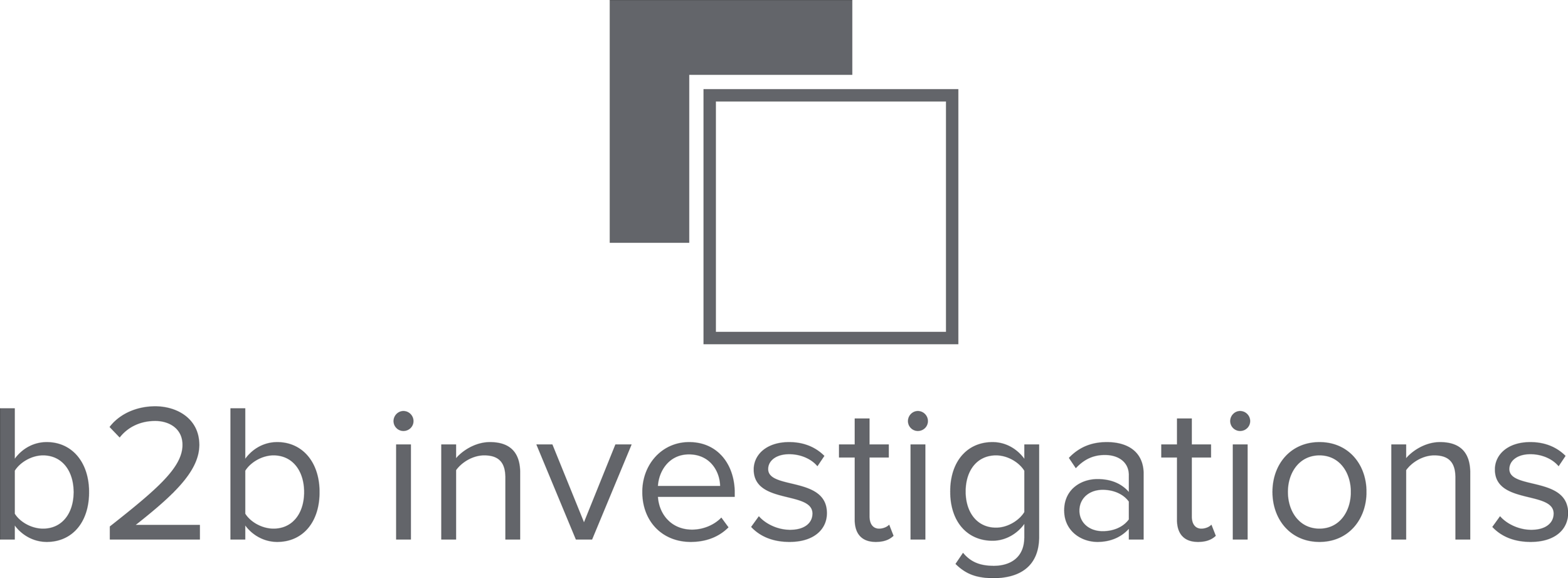Diving Headfirst into the World of Cloaks and Daggers
Little did I know that the Lod Airport Massacre in 1972 would ultimately define my career path nearly four decades later.
After studying counter-terrorism, homeland security, and conflict resolution at a leading university in Israel, I returned to the States, ready to make my mark. My plan was to continue my studies in counter-terrorism in law school. I reached out to law firms specializing in the field and connected with a solo practitioner from Maryland. He ended up hiring me for my first investigative case.
The attorney explained that a private investigations firm he’d hired had spent two years trying to locate a subject, without any success; he asked me if I would try my hand at it.
My task was to find the long-lost relative of one of the Lod Airport Massacre victims, so that the family he was representing could finally receive their judgment. (In many cases, if a family is entitled to a settlement, it’s mandatory that the entire family be present to collect the proceeds.)
I quickly dove headfirst into the world of investigations. At the time, I didn’t subscribe to any of the databases that investigators usually lean on. I spent hours scouring the deep web. All I had was a name, an approximate age, and an old childhood photo.
As the saying goes: “The best place to hide a body is on page 2 of Google search results.” Or in this case, Google images.
My first break was discovering that the name I was given was actually his father’s. This led me to identifying his official legal name. Then came my second break: Google image results of an old issue of a military magazine that kept popping up in searches. That helped point my search toward military service records.
After two weeks of extensive online research, I found the subject: He had enlisted in the U.S. military at age 18 and was stationed in Afghanistan. It was all there: his name, battalion, and location. As the saying goes: “The best place to hide a body is on page 2 of Google search results.” Or in this case, Google images.
After this case, my life took a 180-degree turn. I’d found my calling and took to it like a fish to water. I spent several years working in research and investigation for leading private investigation firms in Manhattan, learning the intricacies of the industry, the tricks of the trade, and all the tools and databases available to us. However, it was this particular case that helped shape the investigative process that I use to this day: relying on your instincts, out-of-the-box thinking that leads to creative solutions, and knowing that databases are only a starting point to any thorough investigation.
I initially worried that breaking into a predominantly-male industry might prove challenging. But, it’s my personal observation that women can be just as relentless in their pursuit of answers as any of their male counterparts. So here I am, some years later, continuing to defy old canons and stereotypes, by applying the research and investigative skills I’ve learned to find the answers my clients seek.
Originally published in Pursuit Magazine.
